
SUBMARINE DIARY

SUBMARINE
DIARY

Rear Adm.
Corwin Mendenhall,
USN (Ret.)

with an introduction by
Adm. I. J. Galantin,
USN (Ret.)

NAVAL INSTITUTE PRESS / ANNAPOLIS, MARYLAND
To my shipmates on Sculpin and Pintado
The latest edition of this work has been brought to publication with the generous assistance of Marguerite and Gerry Lenfest.
Copyright 1991 by Corwin Mendenhall
All rights reserved. No part of this book may be reproduced without written permission from the publisher.
Originally published by Algonquin Books of Chapel Hill.
First Bluejacket Books printing, 1995
ISBN 978-1-61251-219-8 (eBook)
The Library of Congress has cataloged the paperback version as follows:
Mendenhall, Corwin, 1916
Submarine diary / by Corwin Mendenhall; with an introduction by I. J. Galatin.
1. Mendenhall, Corwin, 1916 Diaries. 2. World War, 19391945Naval operationsSubmarine. 3. World War, 1939-1945Naval operations, American. 4. World War 1939-1945CampaignsPacific Area. 5. Pacific AreaHistory. 6. SeamenUnited StatesDiaries. 7. United States. NavyBiography. I. Title.
D783.M46 1990
940.54' 51' 092dc20
90-40440
 Print editions meet the requirements of ANSI/NISO z39.48-1992 (Permanence of Paper).
Print editions meet the requirements of ANSI/NISO z39.48-1992 (Permanence of Paper).
15 14 13 12 11

CONTENTS



Between pages 94 and 95


Most accounts of submarine wartime action are told by or about sub skippers who sank the most ships, were most daring, or endured some particularly dramatic experience. This one is different. Mendy Mendenhall, now Rear Admiral, USN, Retired, was an ensign in Sculpin on the Asiatic station when the Japanese made their devastating attack on Pearl Harbor and brought the United States into World War II. He had not yet completed the study requirements and demonstrated the practical skills required to earn the designation qualified in submarines. In seven consecutive war patrols in Sculpin he held the important job of torpedo and gunnery officer, then joined the submarine Pintado, still under construction in Portsmouth Navy Yard. In her he held the critically important post of navigator and executive officer (second in command) for four more patrols in enemy waters. Aspiring to the most demanding and most rewarding of wartime dutiescommand of a submarinehe was in reach of that goal when the war ended.
This is the background of experience from which Mendenhall tells the story of two submarines in combat against Japan. These ships were at neither extremity of accomplishment, and therefore more typical of submarine combat in general than were their more renowned or less successful sisters. In the homely words of a low-key, matter-of-fact diary covering almost four years, he tells of tedium and furious action, of elation and frustration, of fear and frolic, of joy and sorrow, all factors submariners learn to live with.
Sculpin and Seawolf were the first subs to deploy on war patrol from Manila on 8 December 1941 (7 December in Pearl Harbor). Lucius H. Chappell, a soft-spoken, gracious southern gentleman and thoroughly competent submariner, was skipper of Sculpin and would take her on eight consecutive war patrols. In time, four other skippers would exceed Lus number, but no one would do so all in one ship as he did.
Chappell and Sculpin (the names of a sub skipper and his boat can be used interchangeably) are an excellent case study of the first U.S. employment of the submarine in war, its use in World War I having been inconsequential. It was not an auspicious start.
As late as 1939 the Commander in Chief Pacific Fleet considered the best use of his subs to be in direct support of fleet operations. Official doctrine stated: The primary task of the submarine is to attack enemy heavy ships. A heavy ship is defined as a battleship, battle cruiser, or an aircraft carrier. On occasions, the primary task may, by special order, be made to include heavy cruisers, light cruisers, or other types of ships. This was the concept which guided many years of effort to design and produce a fleet submarine, one capable of long-range operations that could meet mission requirements. Fortunately, a submarine designed for operations in support of far-ranging, major fleet units was even better able to carry out independent, distant, commerce-destroying operations.
Sculpin, commissioned in January 1939, was one of a class of six boats in the navys long, frustrating search for the ideal, all-purpose submarine. Those six boats fell short of that goal in at least two major aspectsthey had an operating depth of only 250 feet, and their torpedo tubes were limited to four in the bow, four in the stern. Nevertheless, they fought long and hard despite misdirected prewar training and grossly defective torpedoes.
With the receipt of the Navy Departments message, Execute unrestricted air and submarine warfare against Japan, our submarine skippers were thrust into the harsh, unforgiving realities of war. Their evaluation in peacetime as capable COs was based more on administrative skills than on proficient, aggressive torpedo attacks. The cleanliness and material condition of his boat; the smart appearance, disciplinary record, and reenlistment rate of his crew; the timeliness and accuracy of paperwork, these were the factors most apparent to his superiors.
Small wonder that, unlike Lu Chappell, many of the skippers who sailed on the early war patrols were found wanting. Deep within enemy controlled waters on his solitary mission, each CO had to devise his own tactics as he weighed the chances of his ship against real or imagined Japanese capabilities. There was no background of U.S. combat experience from which to assess the worth of specific tactics. Peacetime training, especially as the likelihood of war against Japan loomed larger, had stressed unduly the need to remain undetected. At an average age of thirty-seven, keenly aware of their responsibility for the actions and survival of their crew and ship, they were generally overcautious, too fearful of detection by destroyer sonar or aircraft. Too much time was spent deep, hoping to detect targets by sonar, and even too much time at periscope depth in inefficient visual search. As the war progressed younger officers who had fleeted-up to command, and others who had learned from the painful, pioneering efforts of their predecessors, demonstrated that initiative, boldness, and daring in pressing home attack were often more important than concealment.
Next page

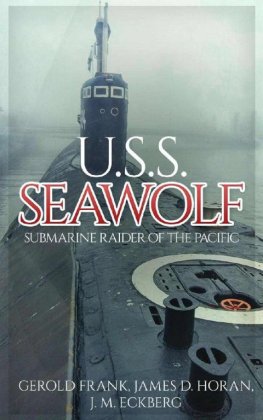

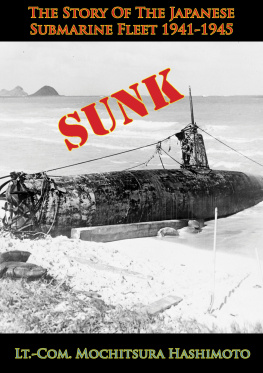
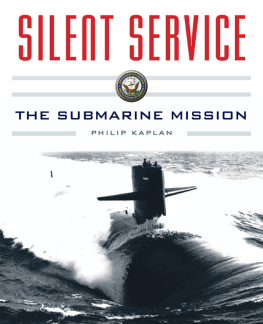
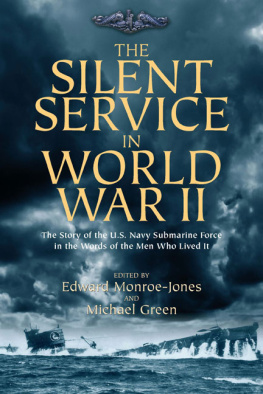
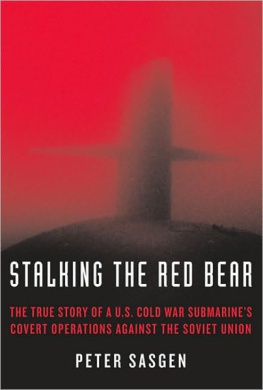
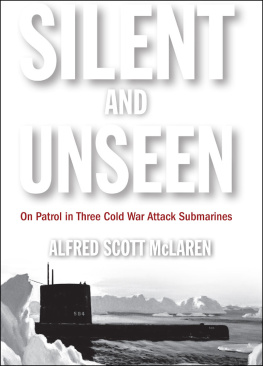







 Print editions meet the requirements of ANSI/NISO z39.48-1992 (Permanence of Paper).
Print editions meet the requirements of ANSI/NISO z39.48-1992 (Permanence of Paper).